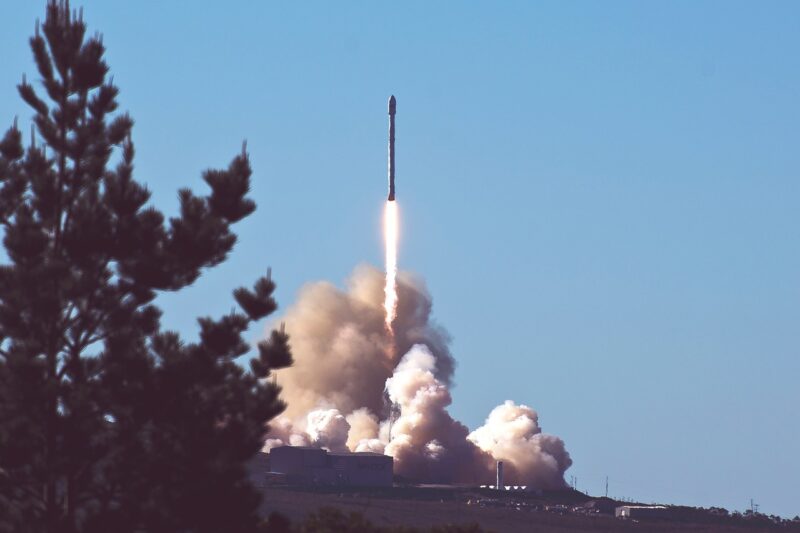The Cuban Missile Crisis: Did the CIA Mislead the American Public?
November 15, 2024

The Cuban Missile Crisis, a 13-day confrontation between the United States and the Soviet Union in October 1962, is often cited as the closest the world has ever come to nuclear war. At its core, this tense standoff was not merely about missile installations in Cuba; it was about perception, misinformation, and the role of intelligence agencies in shaping public understanding of critical moments in history. Today, we will explore the complexities of this crisis, focusing particularly on the CIA’s involvement and whether their actions misled the American public.
1. The Context of the Crisis
The seeds of the Cuban Missile Crisis were sown during the Cold War, a period of intense rivalry between the United States and the Soviet Union. Following the 1959 Cuban Revolution, Fidel Castro’s alignment with the USSR worried the U.S. government, leading to strained relations. In April 1961, the botched Bay of Pigs invasion aimed to overthrow Castro, which only solidified his position and deepened his ties with Soviet leader Nikita Khrushchev.
By the summer of 1962, the USSR had begun secretly installing nuclear missiles in Cuba, fundamentally altering the balance of power in the Western Hemisphere. The U.S. government, through its intelligence efforts, became aware of these installations during the fall of that year.
2. The Role of the CIA
The Central Intelligence Agency (CIA) was at the forefront of intelligence gathering regarding the Cuban situation. Unfortunately, their intelligence assessments were muddled and sometimes misleading, which inevitably raised questions about their credibility and intent.
– **Misinterpreting Evidence**: The CIA mistakenly interpreted photographs from aerial surveillance, leading to confusion about the exact readiness of the missile sites. While the Soviets were fortifying these locations, the initial assessments downplayed their potential threat.
– **Public Statements**: Following some of this misinformation, U.S. officials, including President John F. Kennedy, made public statements that were meant to reassure Americans about the nation’s safety but also created an image of a government in complete control—when it, in fact, was grappling with conflicting intelligence.
– **Life Magazine Leak**: The CIA’s intelligence was further complicated by a leak in *Life Magazine* that featured images of the missile sites, which raised public awareness. However, the reporting did not provide context regarding the imminent threat, leading to widespread fears and misunderstandings.
This discrepancy between intelligence assessments and public pronouncements led to a perception that the U.S. government was somewhat out of touch with the reality of the crisis.
3. The American Public’s Reaction
The effects of the CIA’s intelligence on the American public were far-reaching:
– **Heightened Anxiety**: As news of the crisis broke, panic spread across the nation. Many Americans believed they were on the brink of nuclear war after President Kennedy revealed the presence of Soviet missiles in Cuba on October 22, 1962. The cryptic and dramatic nature of these announcements, combined with the subsequent blockade of Cuba, led to heightened anxiety.
– **Civil Defense Initiatives**: The government pushed civil defense programs, urging citizens to prepare for the prospect of nuclear fallout, further amplifying national fears. Thousands built bomb shelters, and kids practiced ‘duck and cover’ drills in schools, all fueling distrust towards official narratives.
– **Questioning the Government**: The perceived failures of the CIA would lead some to question the credibility of government statements. It sowed seeds of distrust that would ripen in later years during events such as the Vietnam War and Watergate.
4. The Aftermath and Legacy
As the crisis unfolded and ended peacefully on October 28, 1962, with the Soviets agreeing to remove their missiles in exchange for a U.S. promise not to invade Cuba and the removal of U.S. missiles from Turkey, the long-term implications of the CIA’s actions began to emerge:
– **Shift in Intelligence Practices**: The crisis prompted significant changes within the CIA and intelligence-gathering practices, advocating for improved transparency and accuracy in intelligence reports.
– **Public Distrust**: Over the years, that skepticism and distrust toward government institutions have persisted, impacting subsequent relations between the American people and their leaders.
– **Examination of Ethics**: The CIA’s role not only triggered discussions surrounding effective intelligence work but also raised ethical questions regarding the dissemination of information and the transparency of government operations.
U.S. intelligence agencies have since made efforts to learn from the lessons of the Cuban Missile Crisis, but discussions about the reliability and intentions of intelligence conduits continue.
Conclusion: Did the CIA Mislead the American Public?
To contend whether the CIA misled the American public during the Cuban Missile Crisis, one must consider the complexities of information, perception, and intent. While there is evidence of misinterpreted intelligence, misleading statements, and public panic, labeling these actions as outright deceit might oversimplify a tumultuous juncture.
The Cold War environment, combined with the urgency of the nuclear threat, created pressures and nuances that informed decisions made by intelligence agencies and the U.S. government. Ultimately, the legacy of the Cuban Missile Crisis serves as a reminder of the importance of credible intelligence, transparency, and the relationship between government and the governed in times of national crisis.







